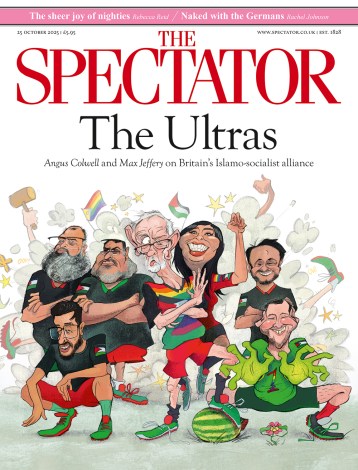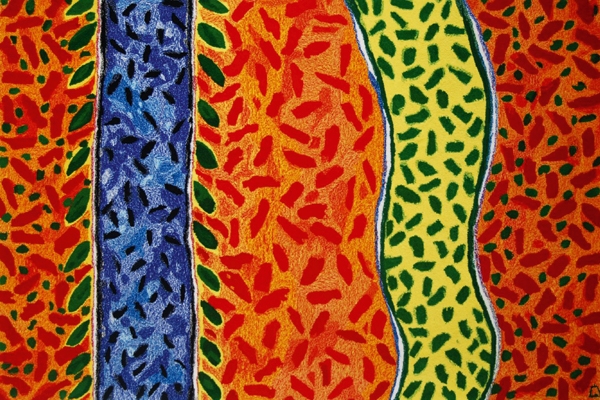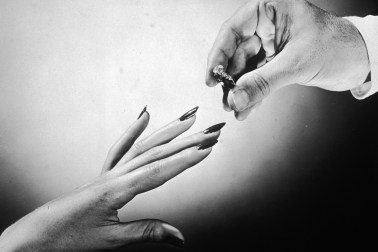Tapestry, papal and princely, never quite went away. Today it satisfies a need for conspicuous displays of skill of the kind celebrated in the V&A’s recent show Power of Making. The surprise hit of last year’s Venice Biennale was Penelope’s Labour: Weaving Words and Images, an exhibition of weavings and tapestries old and new, while the reception of Grayson Perry’s six narrative hangings, ‘The Vanity of Small Differences’, confirms our current fascination with crafted art.
Miraculously, true tapestry weaving survives in these islands (see William Crozier’s 2010 ‘Untitled rug’, above), and this year the Scottish Dovecot Studios celebrates its centenary with a touring exhibition (currently at Compton Verney in Warwickshire until 16 December) and a beautifully illustrated book written and edited by Elizabeth Cumming.
Under the patronage of the 4th Marquess of Bute, Dovecot was set up in an Arts and Crafts spirit, going ‘modern’ by the late 1940s. From the 1960s its master weavers worked closely with artists as diverse as Adolph Gottlieb, David Hockney, Tom Phillips and Frank Stella. The late 1980s saw a turn to ‘Scottishness’, with fine interpretations of the art of John Bellany, Elizabeth Blackadder and Ian Hamilton Finlay. The cost of tapestry weaving might appear unsustainable, with just two solutions — have the work made by hand in China or turn to digital technology. But the 100-year history of the Dovecot Studios suggests there is still a future for this heroic art form.






Comments